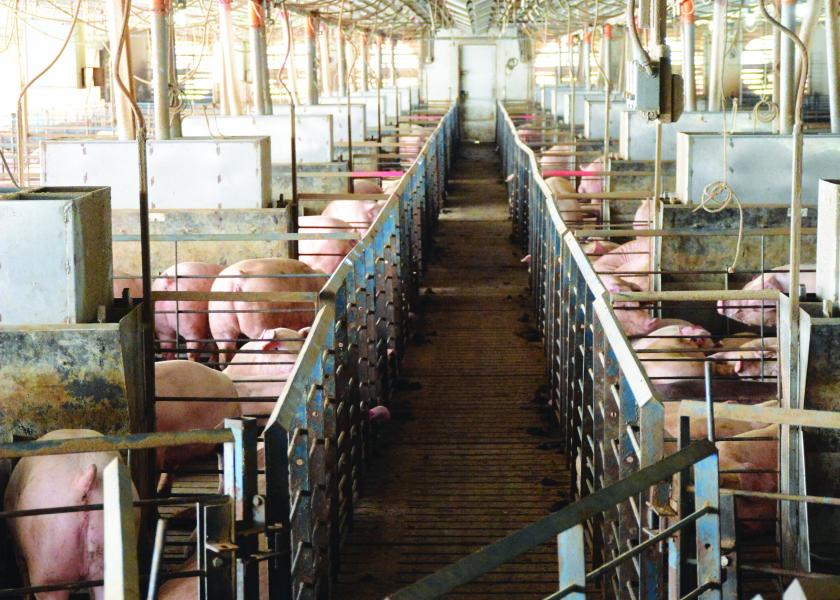A Recipe for Innovation Success in the Pork Industry

By Caleb Shull, director of research at The Maschhoffs
By definition, innovation leads to change. Change can be a great thing, but oftentimes is met with resistance. Technology is rapidly advancing and will transform animal agriculture in the coming years. Whether you are on the adopting or the developing end of the spectrum, quick identification of technologies that have potential pitfalls will be a big advantage.
Below are a few lessons learned (some the hard way) on what it takes to get a successful innovation outcome.
1. Ability to demonstrate a clear value proposition. This seems obvious and simple but is much harder in reality. Research can certainly help determine value. However, some production characteristics are easier to measure and demonstrate improvements than others. For production systems without a research program, it becomes even more difficult to measure value. If the value proposition is unclear to the end user, adoption will be an uphill battle.
2. Easy to implement and train. This ingredient is critical for successful innovation adoption. If the people actually using the technology do not understand the “why” behind its use or how to use the technology, it will often fail miserably. This certainly favors technologies that can be implemented behind the scenes (e.g., nutrition and genetics), but oftentimes the technologies with the biggest return directly affect the people using the technology. Because of this, a detailed training and onboarding plan is critical.
3. Makes the job easier. Closely tied to ease of implementation is how the technology affects the job difficulty. If a technology makes a job easier or quicker, it will be adopted with a much higher success rate.
4. Improves animal care. People in our profession have a great deal of respect and compassion for animals. Caretakers will be more willing to tolerate change if they understand it is helping the animal.
5. Risk appropriate investment. Most animal production systems have a “prove it to me” mentality when it comes to new technology adoption. If a technology has a lower upfront cost, more companies will be willing to try it in at least a portion of their system.
6. Predictable outcomes. This includes product quality and consistency and the ability of the product to perform across a range of conditions. For in-barn technologies, connectivity can oftentimes lead to a high defect rate. Even the best technologies will be disregarded if they have frequent performance issues.
7. Good technical support. Product failure is inevitable. Having a good customer support team in place to help dissect what went wrong is extremely important for sustained use of any technology.
Although all of these ingredients are not required for successful innovation adoption, the most successful technologies typically check most of the boxes. Across the board, having the right perspective is paramount. Collaboration or partnership with others can facilitate increased perspective and experience. Change is inevitable and necessary. Hopefully this recipe will lead to more good change than bad.
More from Farm Journal's PORK:
The Responsibility Paradox and Pig Farming
4 Things to Consider When Handling Heavier Market Hogs
Protect Your Employees During the COVID-19 Pandemic







